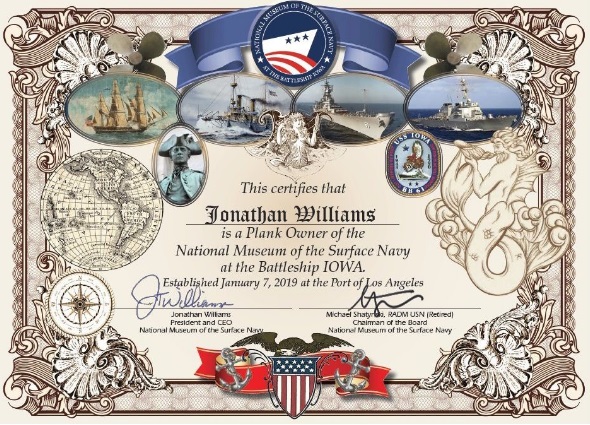Operation Crush COVID has been flying by! We’re already in Week 7. Only three weeks left to accomplish our goal of raising $50,000. We need your help to get there.
If you’ve already donated, we thank you from the bottoms of our hearts. If you’d still like to help, all you have to do is share this email or any of our social media posts. Getting the word out is an important way to support the cause.
Thank you for all you do. Now on to today’s story.
National Museum of the Surface Navy
Earlier this year we were very excited to announce our transition to become the National Museum of the Surface Navy.
Then March roared in like the proverbial lion – a big one named COVID-19, took the world by surprise, and changed everything. We found ourselves in a fight just to keep Battleship IOWA available to the public.
But this crew specializes in doing the impossible. We fully intend to save our ship for a second time, as well as move forward with our plans for the Surface Navy Museum.
An Extremely Brief History of the Surface Navy
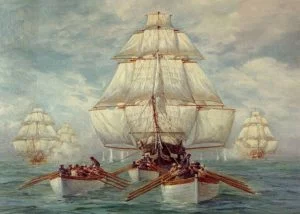
In October 1775 the first ships of war sailed on behalf of the land that would become the United States of America. By 1812 the U.S. wielded the legendary USS Constitution and her sisters, six powerful frigates, as well as a host of brigs, schooners, and sloops that made up the first United States naval fleet.
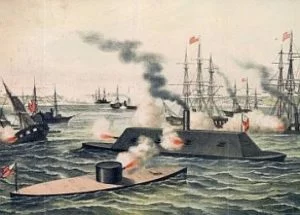
By the Civil War “ironclads” like the Monitor and Merrimack (above) were the trend and when the US was drawn into World War I, she had constructed the “Great White Fleet,” an armada of sixteen more modern battleships (below), all steel-hulled, painted white, and capable of long distances over blue water (long open-ocean passages).
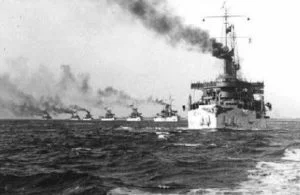
Battleships continued to develop into and through the second World War – including our own IOWA class, and the advent of the aircraft carrier changed the face of naval warfare again.
The “brown water navy” (made famous in films like Apocalypse Now) came to prominence during the Vietnam War, using small, fast boats with shallow drafts that could venture up rivers and deep into enemy territory.
Current naval surface vessels have evolved to look more like submarines or spacecraft than ships, and no doubt further revolutionary designs are percolating in some naval architect’s brain even now.

Even this quick glimpse makes it obvious that the surface navy is a world filled with riveting stories and we’re thrilled to be able to take on the challenge of collecting and telling them. Like Battleship IOWA herself, they must be preserved to ensure that future generations can gain inspiration and perspective from them.
We’ll leave you with one more short tale from the surface navy. By tradition, a member of the crew of a navy ship when it is commissioned is called a “plank owner.” You can be a plank owner of the National Museum of the Surface Navy by clicking here!
Initial sign up is free and comes with a personalized e-copy of the certificate below. When you sign up, check out the different levels of involvement you can take on and the perks that come with each – including naming opportunities. (Curious about that idea? Email our development team for details.)
Join us on this journey to preserve the history of the United States Surface Navy!
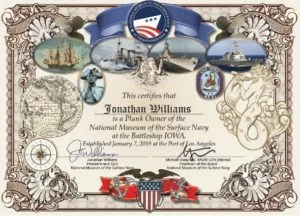
P.S. Guess what we still have?
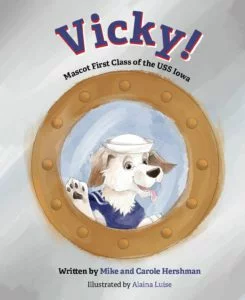
That’s right: Vicky books!
When you donate $100 to Operation Crush COVID, you receive a copy of this wonderful children’s tale about the little dog who captured the heart of USS IOWA’s first captain, became the ship’s mascot, and had adventures with a President of the United States.
The holidays are approaching more quickly than we realize. This book makes a fantastic gift to spark the curiosity of a child in your life. It’s even fun as a coffee table book.
Give $100 and get yours today!

